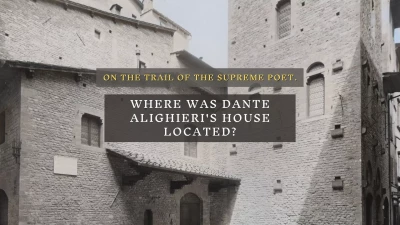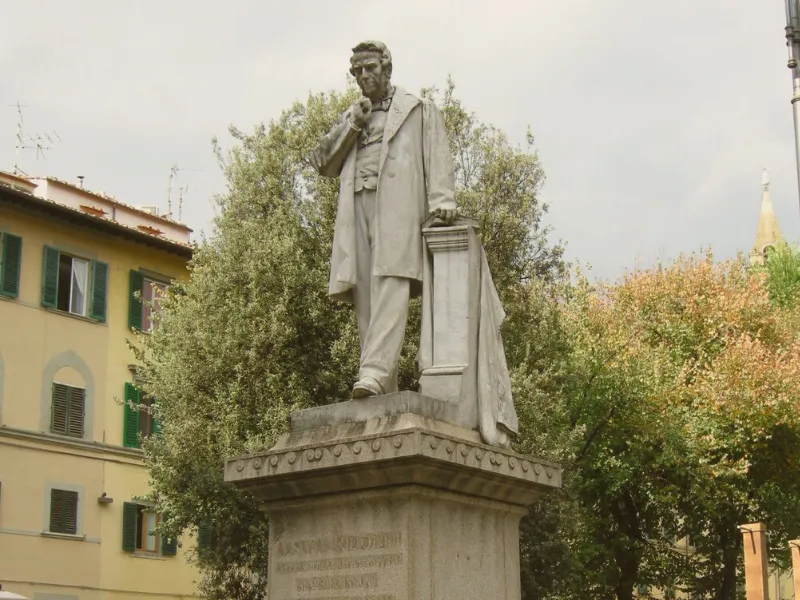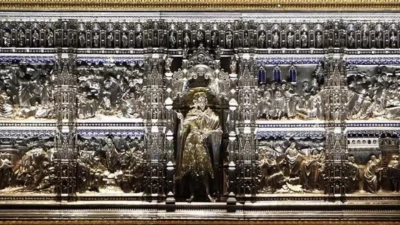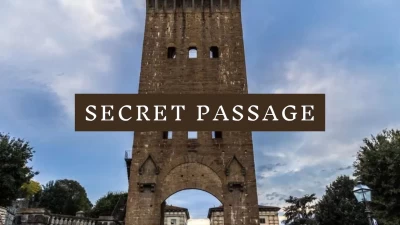Legendary florentine character, La Berta
A Roman fragment in the heart of Florence.
The Church of Santa Maria Maggiore in Florence is a gem that is often overlooked by passing visitors, despite being one of the oldest places of worship in the city, dating back to the 8th century. Located in the square of the same name, at the corner of Via de' Cerretani, this church features a simple facade but an impressive interior. However, what catches the attention is the truncated bell tower, on which an unexpected marble face emerges among the exposed stones of the ancient structure. The figure is known as 'La Berta' and for centuries has sparked legends and mysteries. No one knows for certain how and why it ended up there. Florentines tell fascinating stories about this woman's face. One of the most captivating versions suggests that it could be a supernatural punishment inflicted on a woman. To discover the story, we must go back to 1327, the year when Cecco d'Ascoli, a scientist and humanist, was condemned to be burned at the stake for his ideas considered heretical by the Inquisition.
Cecco was indeed sentenced to be burned at the stake in the square of Santa Croce, and during the journey to the gallows, he was forced to pass through the streets of the city, including in front of the Church of Santa Maria Maggiore. It is said that at that moment, the prisoner begged for a drink of water. At that point, according to legend, a woman (or a priest peering out of the church windows) addressed the crowd, telling them not to give him anything to drink, as it was believed that those condemned for witchcraft could escape the flames of the stake if they remained dehydrated. When the woman (or the priest) uttered the words "If he drinks, he won't burn!" or something similar, Cecco replied to her with these words: "And you will never remove your head from there." It is said that as a result of this curse, the woman was instantly petrified.
The marble head present on the facade of the Church of Santa Maria Maggiore is most likely one of the numerous fragments from Roman statues that were reused during the medieval period to decorate the palaces and buildings of the city. This practice was common in Florence, where even today it is possible to admire traces of these ancient Roman sculptures on the facades of palaces, a testament to a historical and artistic continuity that extends through the centuries.
Altri articoli

Florence and Dante's Residence
Historical Testimonies on Dante's Residence in Florence.

The marquis Cosimo Ridolfi
Cosimo Ridolfi was even elected Minister of Education and Senator after the unification of Ital

Florence Feasts S. John Baptist
The last match of the traditional football game will be held In the afternoon at 5.00 p.m. in Piazza Santa Croce

Do you know a secret passage?
In 1877 the secret passage was accessible: four thousands and five hundreds of people crossed it paying twenty-five cents each one!

